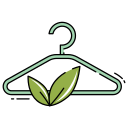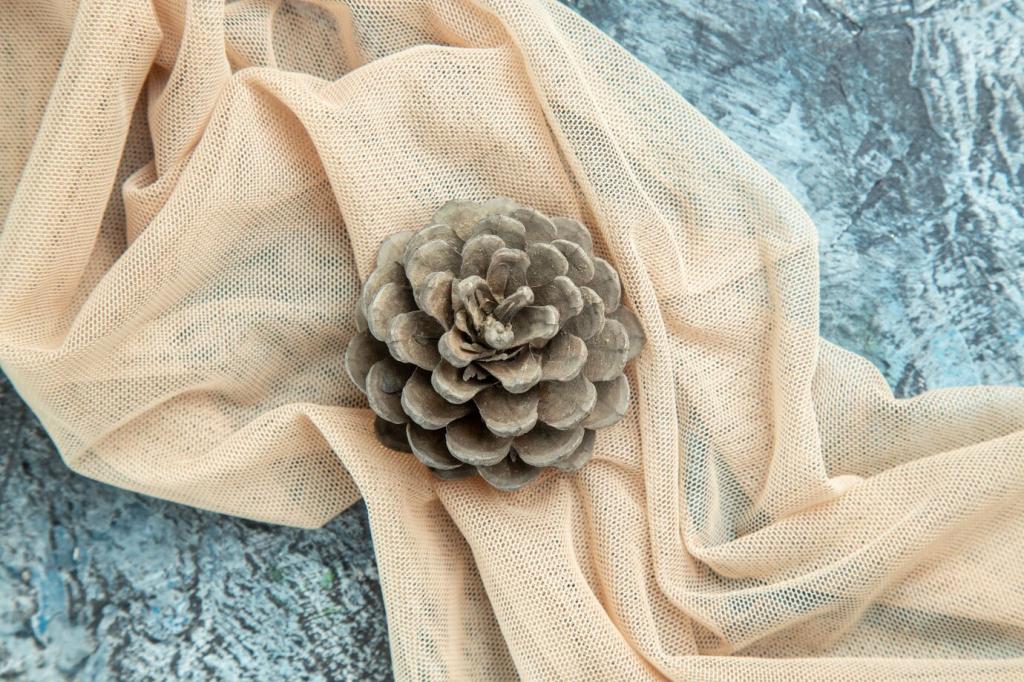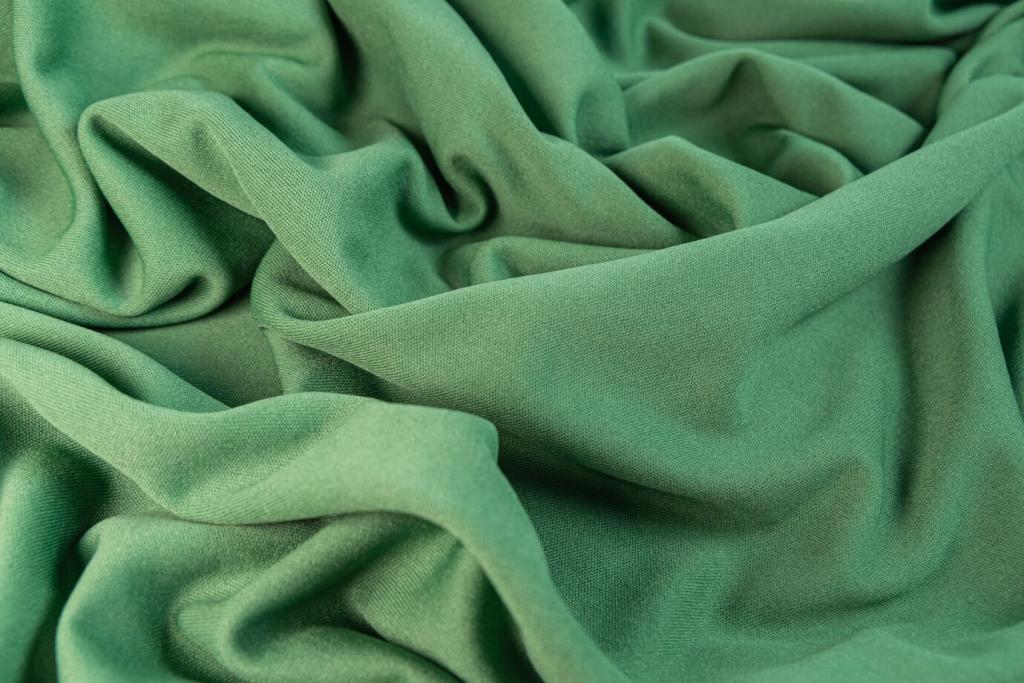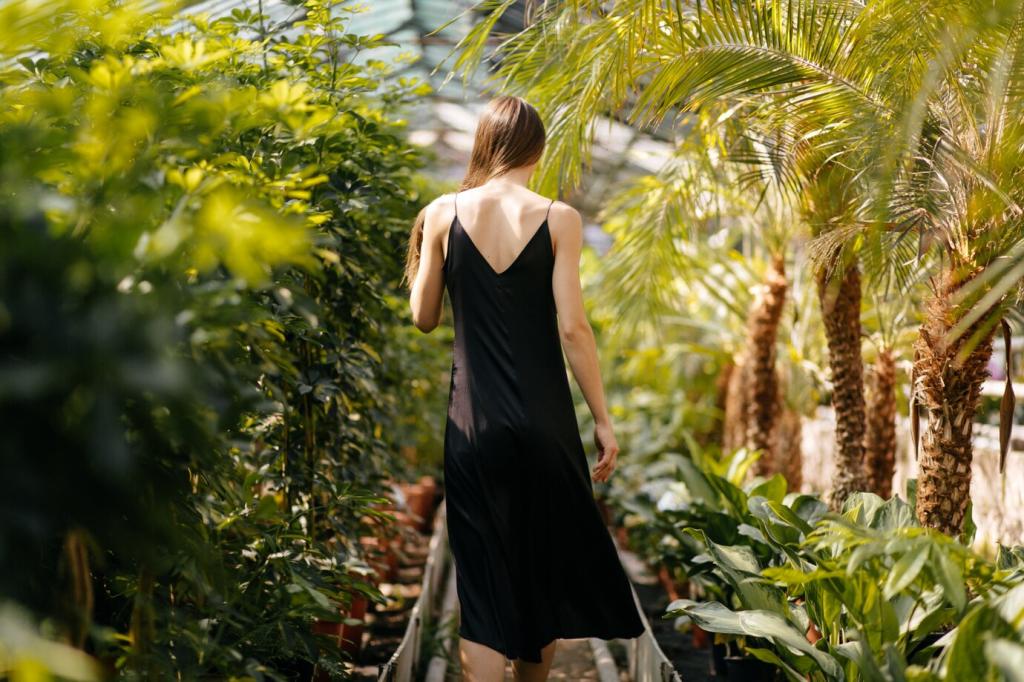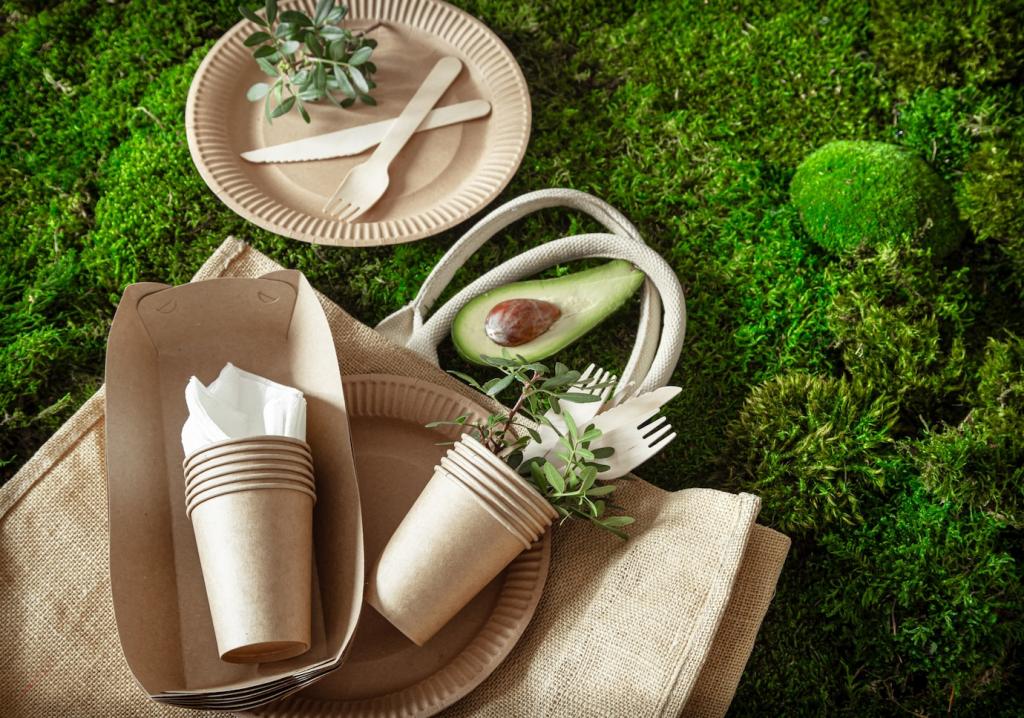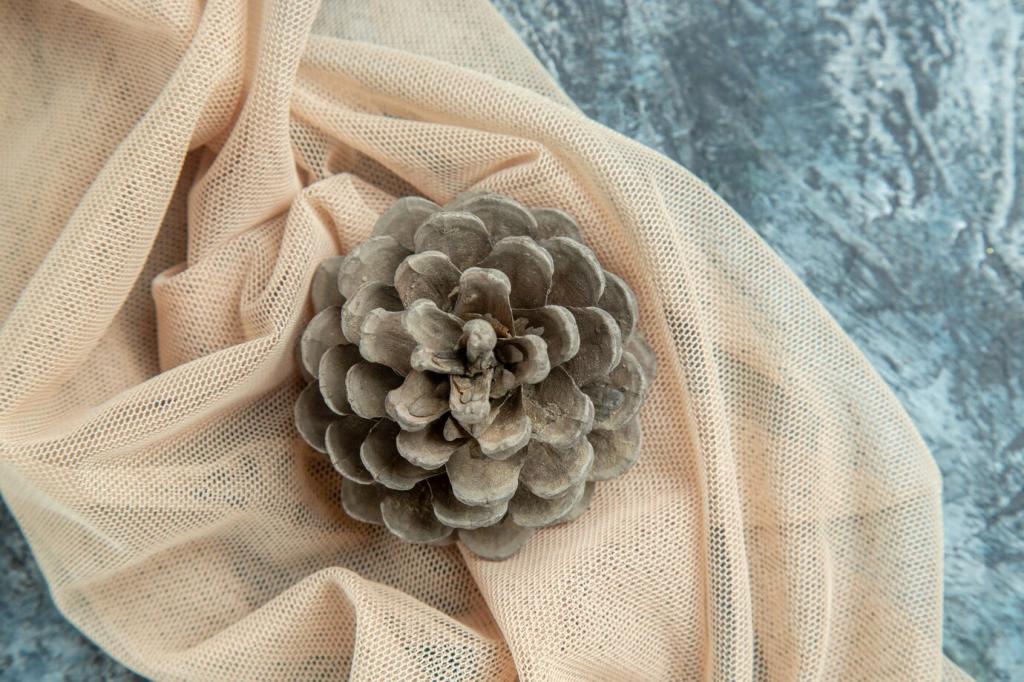Materials Shaping the Next Wave
Lyocell (TENCEL) is derived from wood pulp with a closed-loop solvent system and biodegrades in soil and marine environments. Hemp brings strength, low pesticide needs, and easy composting when undyed or naturally finished. Banana fiber leverages agricultural waste, giving luster and biodegradability without new land.
Materials Shaping the Next Wave
PHA is truly biodegradable in diverse environments, including marine settings, though still costly and scarce. PLA can compost, but typically needs industrial heat and controlled moisture. Blends complicate outcomes, so clear labeling matters if we want fibers to return to soil responsibly.
